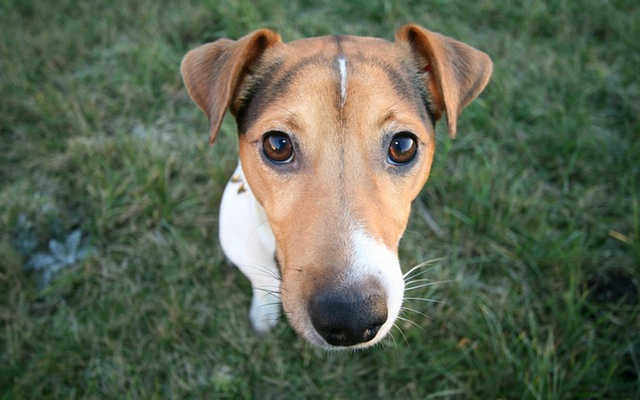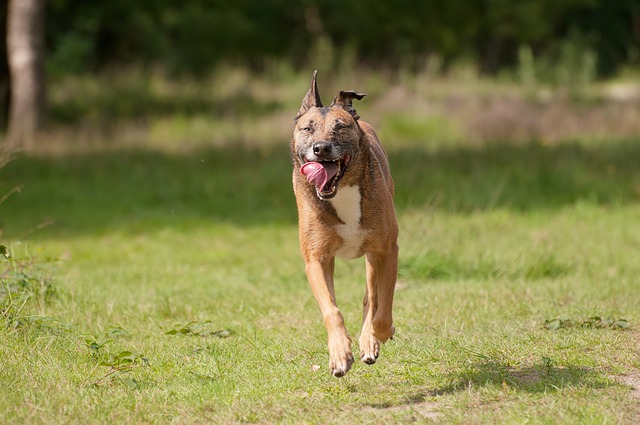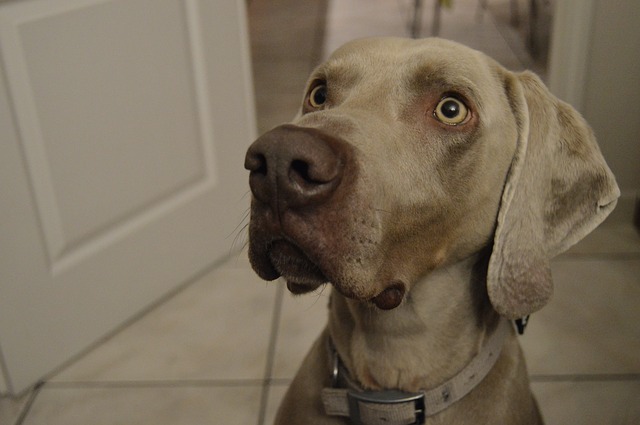We’ve all been that person frantically calling our dog’s name only to have them do everything possible to pretend we don’t exist. Not only is this scenario frustrating and embarrassing, it’s also dangerous.
The first thing people do when bringing home a new dog is play the name game. They think long and hard about the perfect names for their prized pooches, but most spend significantly less time working on name recognition. Copper, Bailey, Luna, and Jewels are at a major disadvantage if they don’t recognize their names, and it’s up to their owners to help. Here are the top reasons why your dog needs to know their name.

#1 – Their Cue For Communication
While people relate to their names as a sense of self, dogs have a more practical purpose to what they’re called. When a person is talking, dogs don’t hear a number of words strung into a sentence; all they hear is a random assortment of sounds. They eventually learn some of those sounds have meaning, but they have to sift through a lot of nonsense to recognize those distinct noises. Pet MD says,
“Dogs do not understand a name the way we understand it. This is because a dog takes in everything we say to him as a sound. He or she takes the sound as a command, and responds accordingly. Your puppy does not understand the meaning behind the name. With practice your puppy has learned to respond in a particular way to a particular sound.”
When you’re looking right at your dog, it’s easy for them to figure out you’re talking to them. But if you say to your human friend, “Hey, can you come here and sit down?” how is your dog supposed to know those words aren’t meant for him? Tone and body language help, but mostly, your dog listens for his name as a cue to pay attention. It’s the key that unlocks the door to their understanding of human communication.
#2 – Reliable Recall
Training your dog to come when called is a trick some dogs excel at from the beginning, but some of the more spirited pups at the park don’t catch on as quickly. During those dreaded scenarios when you can’t catch your pup, it seems like they’re being purposefully defiant. It isn’t always their stubbornness that’s causing the problem, however. You can’t expect a dog to have a reliable recall when they haven’t fully learned their name. Calling “Buddy” over and over again is as useful as yelling “sofa” or “pizza.” He might recognize the word as something you say often, but knowing the word is a long way off from associating it with the right response.
Having a dog that doesn’t have a reliable recall is more than an inconvenience. It’s a danger to you, your dog, and everyone around. If your dog gets loose by a road, you need to know they’ll come safely to your side instead of sprinting into traffic. If you’re at the park and a dog fight breaks out, you want your dog to come to your voice no matter what.

#3 – Positive Associations
Ideally, your dog thinks of their name as the best thing ever. Every time they hear it, it should mean good things are coming. Hearing their name might signal love and attention from their owner or a special treat. If they don’t know their name, they’ll replace it with another commonly used word, and there’s no guarantee that word is positive.
The words “no” or “stop that” are examples of “learned names” owners accidentally impose on their dogs. Those words obviously have negative connotations, but they’re often the words naughty dogs hear most. If “no” is the word most often directed toward your dog, it’s easy for them to start thinking that’s their name. So instead of relating their name to good things, they’ll think of that angry look you get on your face every time you tell them “No!”
With the right association, your dog’s name can be used as comfort during stressful situations. If they like hearing you say their name because it always leads to something good, you can use the word to redirect their attention and distract them. If your dog is afraid of thunder, for example, saying their name during a storm will be comforting—but only if they know what their name is.
How to Teach a Dog Their Name
Whether you’re bringing home a new puppy or welcoming a rescue dog into your home, teaching them their name is one of the first training challenges you’ll face. The key to getting the lesson right is consistency. To start, PupLife recommends using positive reinforcement.
“The idea behind name recognition is to teach your dog that her name means something wonderful is about to happen!”
For your first lesson, get your dog’s attention and say their name. As long as they’re still looking at you immediately after you say their name, use a clicker or the word “yes!” and dole out a tasty treat. Do this a few times when you already have their attention.

Once your dog realizes they get a treat after you say their name, step up the difficulty. Allow your pup to relax and direct their attention somewhere else. When they’re not looking at you, say their name. If they turn their attention back to you, use your indicator and give a treat. If they don’t immediately look at you, don’t repeat the name. Saying a name over and over reduces its effectiveness. Instead, wait patiently until they finally turn your way.
Repeat this step multiple times for several days. As they get good at it, try introducing distractions and doing the lesson in new places. You can turn nearly every moment into a learning experience. When you’re out on a walk and they’re sniffing a tree, call their name. Reward them if they drag their nose away from the smell and point it at you. If they don’t, move on and try again later.
Name recognition isn’t something your dog will learn in a single lesson or even a single week. It’s a continuous process that needs to be reinforced regularly. Even if it seems like they’ve got it down, keep up the training while introducing more tempting distractions and challenges. With patience, consistency, and positive associations, your dog will know their name in no time.
